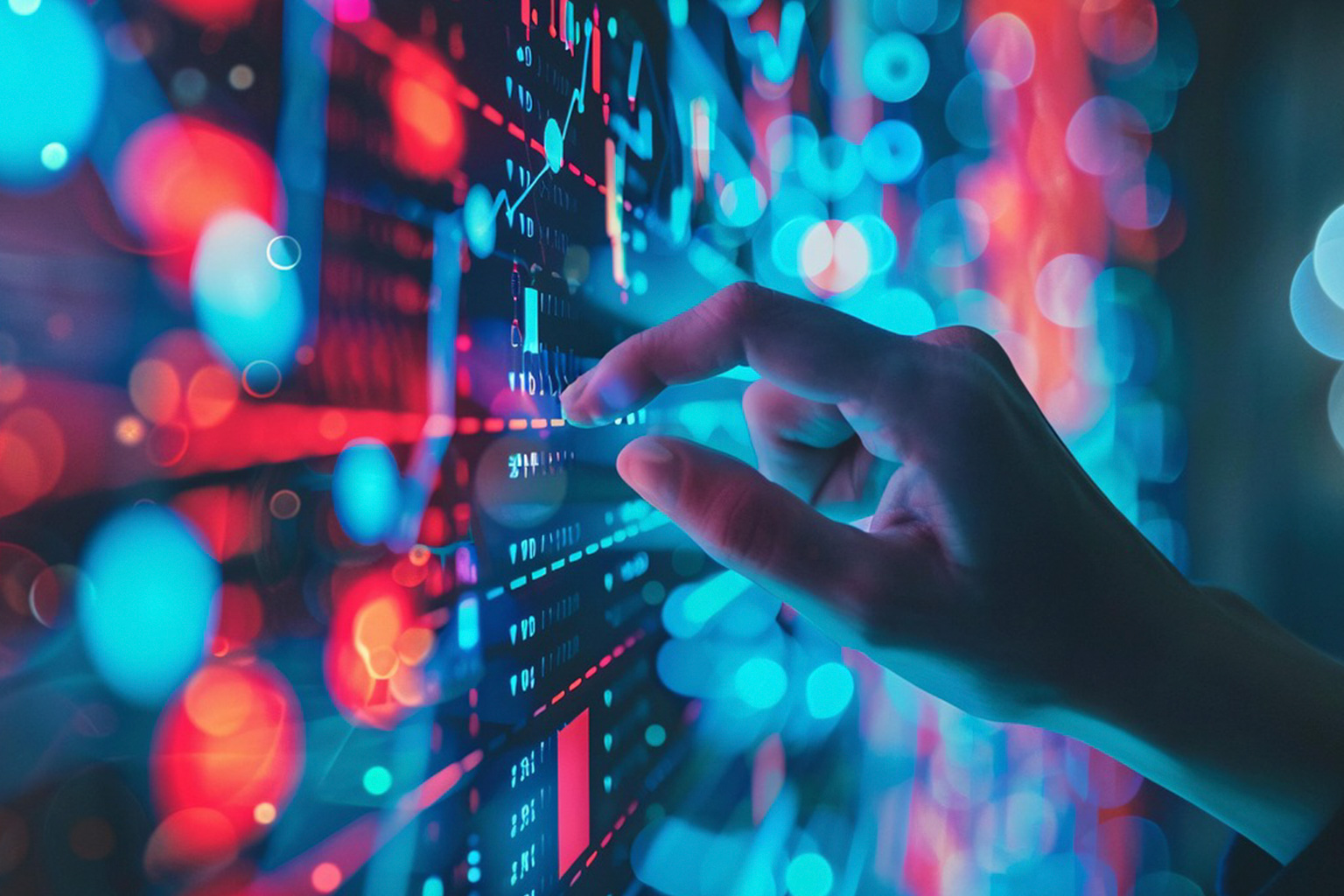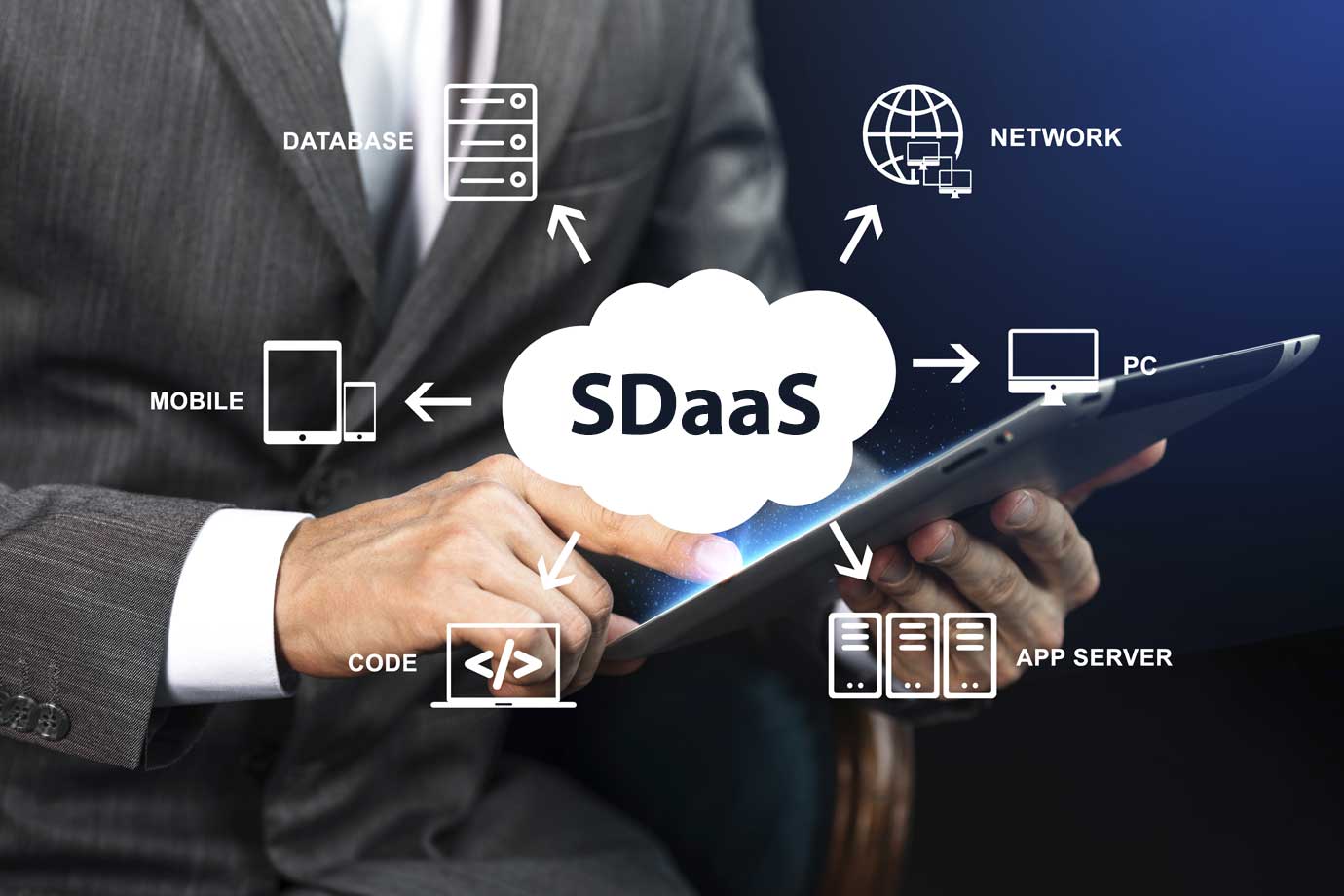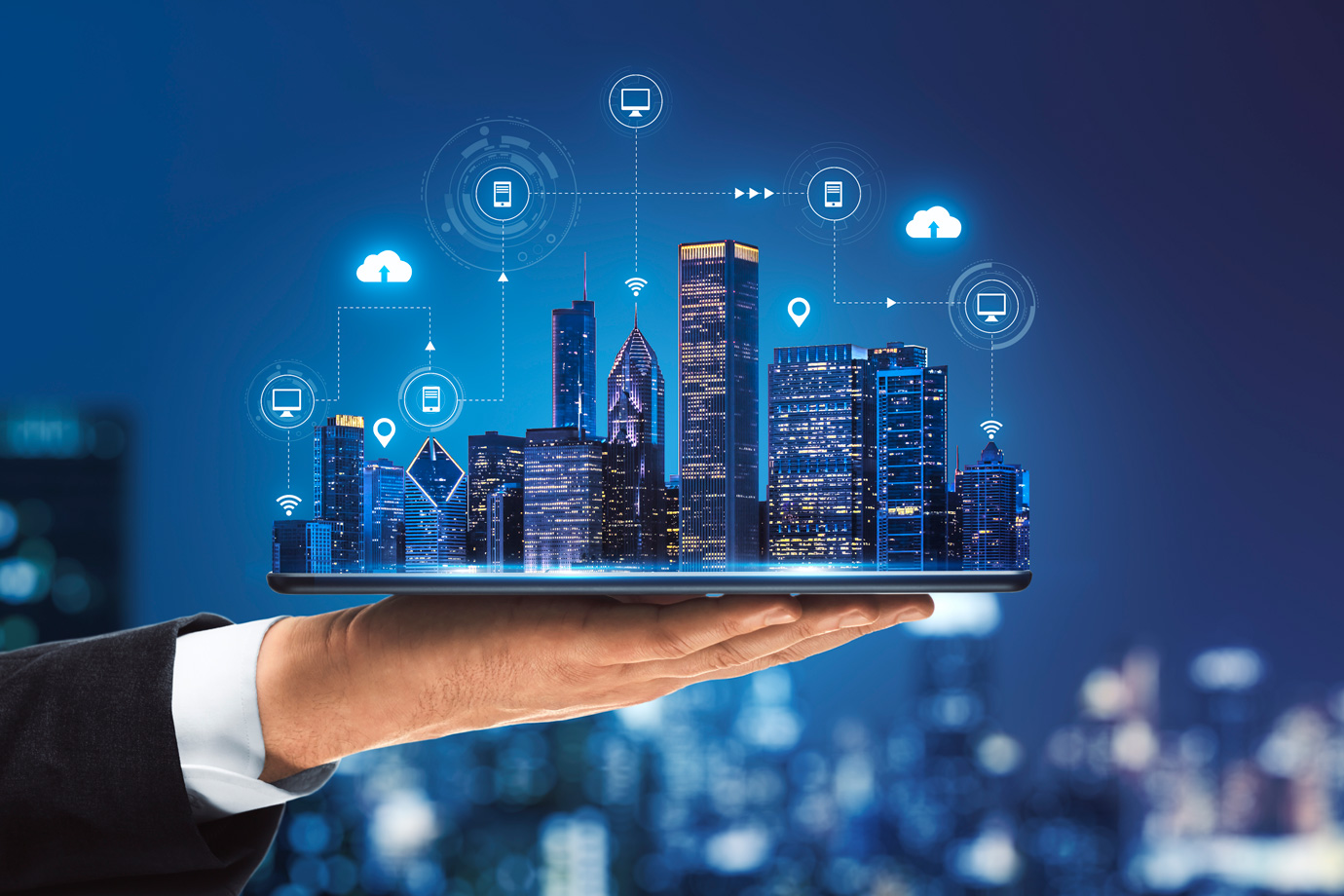Generative AI in Daily Life: Real-World Examples & Use Cases in 2025

17 Oct 2025
What Is Generative AI and Why It Matters in 2025
Generative AI can be defined as a machine learning model that not only analyzes or predicts, but it can also generate. They create new text, image, code, or even strategy plans by learning huge beginner information. By the end of 2025, AI will become one of the essential parts of our daily life as well as corporate operations and communication.
We have already seen a glimpse of it in personalized email drafts, image generators, and AI-based intelligent chatbots. It is not a single experiment; it is generative AI in daily life. And the revolution is gathering pace.
The Evolution of AI: From Automation to Creation
Previously, AI was mainly used to perform repetitive tasks (entry of data, classification, and detection of a pattern). However, the jump between the narrow AI and generative AI implies that machines can help with creativity and decision-making.
By 2025, generative models will be a part of workflows in content creation, software engineering, healthcare, business operations, and so on - making AI a creative collaborator as opposed to a tool.
1. AI-Powered Content Creation (Blogs, Videos, and Images)
Example (2025): Microsoft recently launched the MAI-Image-1, which is a text-to-image generating algorithm that is also internally developed by Microsoft. The images raised are more realistic (landscapes, objects) than many other third-party models, and the speed is much higher. The Verge
In the meantime, marketing and media departments rely on such AI tools as Jasper, Notion AI, or Runway to generate blog posts, social media pictures, and brief video clips automatically. Campaigns that used to take weeks to be launched are currently being launched in hours in 2025.
2. AI in Healthcare: Faster Diagnostics & Personalized Care
Generative AI is also applied in health care and is utilized to generate synthetic medical images (e.g., 3D scans of 2D input), generate rough first-time diagnostic reports, and propose a tailored treatment plan.
Startups and institutions use clinical data to generate images together with generative models to help with the early detection of anomalies, ease the documentation burden on doctors, and make evidence-based decisions on care.
3. AI in Education: Personalized Learning Experiences
The future of education will be through adaptive tutors and dynamic content that is being developed by generative AI. Suppose in the year 2025, a student opens a learning application that creates individualized quizzes, descriptions, and problematic challenges live and in real time, all at his/her speed, understanding, and inclination.
Some platforms are currently using AI agents, which co-teach, describe concepts, and create mini-projects or reading tasks in real-time.
4. AI in Finance: Smarter Investment and Fraud Detection
Generative AI is being used in every industry. Businesses in the financial sector are now using generative models to handle risk situations with ease, translate market signals for reports, and gain insights into investments.
An example is Salesforce, this year, incorporated the GPT-5 and Claude models into its Agentforce 360 platform. This advanced connectivity assists user in developing better statistics, gaining consumer information, and starting automated and conversational prompts for productive business processes.
Generative logic is also being applied to AI-generated reports, financial forecasting commentary, or scripts to detect fraud that are being used by banks and fintech companies.
5. AI in Marketing and Advertising: Hyper-Personalization
Fully automated ad copy, customized landing pages, and AI-generated images are being generated using generative AI to run campaigns. Now, Brands operate multivariate campaigns with the facilitation of prompt testing dozens of variants in a few seconds.
In 2025, major marketing agencies (including WPP) are partnering with Google to incorporate generative models (e.g., Gemini, Veo) into campaign assemblage software, whereby custom visuals and messages are generated at scale and by default.
6. AI in Software Development: Code Generation and Testing
Generative AI is transforming the software engineering world. GitHub Copilot and Amazon CodeWhisperer are just examples of tools that propose full code blocks, code refactoring, and unit test assistance.
By 2025, developers will be able to communicate with AI, build utility functions, debug live, and auto-document code thanks to the direct integration of generative models into IDEs. This will significantly reduce iterative cycles.
7. AI in Customer Service: Chatbots & Virtual Assistants
AI-based customer service in 2025 goes beyond chatbots with a script. Employ agents are able to perceive subtle context, produce human-like behavior, address follow-ups, and, subsequently, take action (e.g., refund, route tickets).
According to McKinsey, AI agents in 2025 will be able to talk to customers and plan multi-step tasks on their own (i.e., taking payment, detecting fraud, ordering, etc.), all in a single flow. McKinsey & Company
The Salesforce Agentforce 360 also introduces these features into the enterprise processes, consisting of conversation, data retrieval, and execution. Reuters+1
8. AI in Entertainment and Creativity
Generative AI will be in fully creative mode in 2025: scripts, original music, and game worlds generated in real time.
Example (2025): A live demonstration of how generative models may even drive dynamic game visuals using Microsoft's WHAMM model to generate Quake II scenes in real-time within a browser. Tom's Hardware
Game developers, moviemakers, and musicians use AI tools to test scenes, parts of music, dialogues, and visual effects more quickly than any time.
9. AI in Business Operations: Automation & Decision Support
Gen AI is involved in the background of most businesses, producing reports, predicting trends, writing business proposals, and automating internal documentation.
According to the IoT Analytics 2025 report, customer support is by far the most prevalent department that is utilizing generative AI, with 35% of enterprise projects involving customer support. Close to follow is marketing and IT. IoT Analytics
An example that is interesting: the Colombian Security Council created a generative AI chatbot to help in investigating chemical emergencies faster and provide situational awareness. Google Cloud
10. AI in Communication: Smarter Emails & Meetings
This is already present in such tools as Gmail smart replies or email drafts. However, in 2025, AI can do even more: meeting agendas, auto-summarizing transcripts, and next step proposals are possible, as well as drafting follow-up emails, which depend on the context of the conversation.
Teams have listening agents that will listen to the meetings and then create an organized summary with action items, meeting drafts, and links to resources, which further help in closing the loop.
Future of Generative AI in 2025 and Beyond
As it has been demonstrated in the examples above, generative AI is not a new concept, but is embedded in everyday life, business, and creativity in 2025. In the future, the most significant transformations will be associated with:
- Ethics, bias, and regulation: along with the spread of AI-generated content, control, transparency, and fairness are the most important factors.
- Multimodal agents: Systems that incorporate text, image, video, speech, and code into one assistant are called multimodal agents.
- Personal AI agents: very personalised agents, which get to know what you do, what you like, and how you prefer to work.
- More intelligent integration: AI integrated into all tools, not as an appendix, in HR systems to design suites for customer platforms.
Why Businesses Should Invest in Generative AI Solutions
Generative AI no longer qualifies as an experiment with technology, but is now a strategic lever. Companies are also trying to find partners in the form of generative AI development agencies or AI consulting firms to create bespoke solutions, rather than off-the-shelf solutions.
Benefits of Adopting Generative AI for Enterprises
- Faster innovation: Generate new ideas faster with AI-supported innovation.
- Operational efficiency: reduce duplication, free up human talent to do high-value work.
- Competitive advantage: bring a smarter and more personalized customer experience.
- Data-driven generation of insight: Provide narrative insight into raw data.
Build Smarter with Generative AI; Partner with NanoByte Technologies
Generative AI is revolutionizing all industries in real-time. Those who are successful in utilizing the appropriate tool, strategy, and partners will dominate the markets today.
We focus on the creation of AI software and AI integration into an enterprise, and generative AI consulting at NanoByte Technologies. We assist you in creating AI agents, automated processes, innovative engines, and domain models.
Ready to get started?
Let’s collaborate and start your generative AI journey now with NanoByte Technologies, your trusted generative AI company in the USA.

.jpg)



